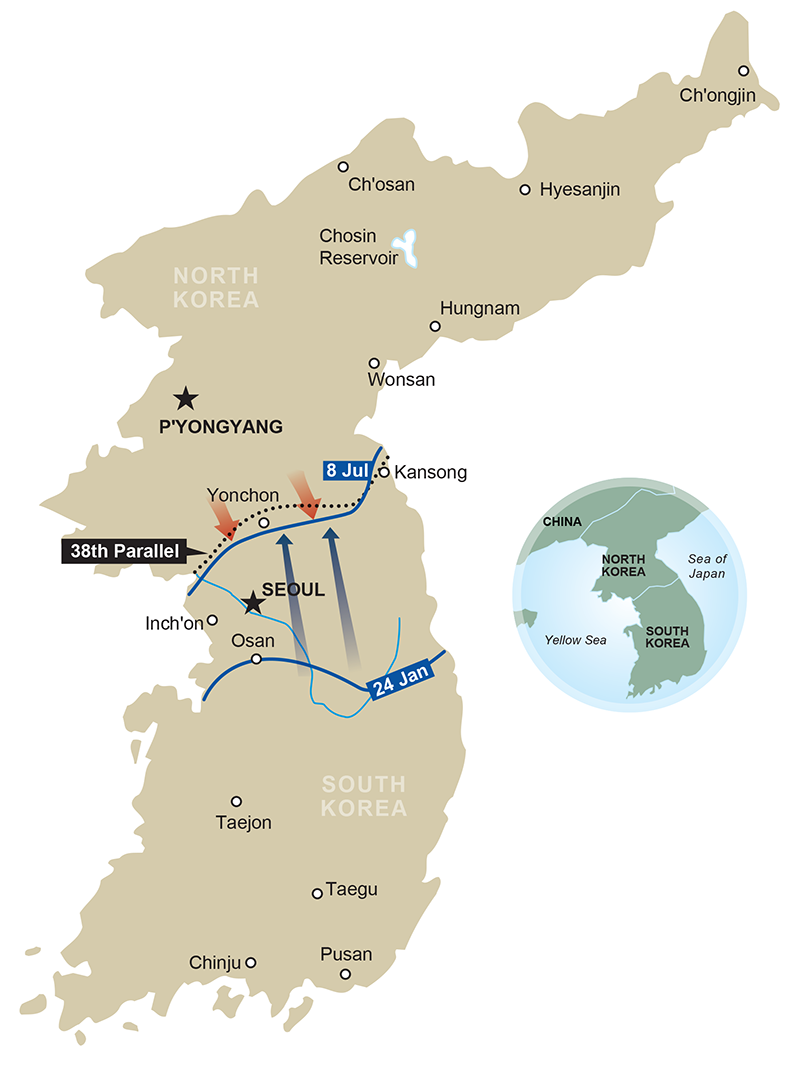
The Korean War: Phase 4
25 January–21 April 1951
(First UN Counteroffensive);
22 April–8 July 1951
(CCF Spring Offensive)
Courtesy of the Center of Military History
Republished by the USASOC History Office, August 2020
Chronology
| 25 Jan | Eighth Army counterattacks in Operation THUNDERBOLT, which starts in the west and gradually expands eastward. |
| 10 Feb | In the west, Inch'on is recaptured, as I Corps approaches the Han River. |
| 11–12 Feb | Chinese forces attack X Corps, forcing advancing ROK units to fall back toward Wonju. |
| 13–15 Feb | Battle of Chip’yong-ni. |
| 18 Feb | Reports confirm an enemy withdrawal along the entire central front. |
| 21 Feb | Eighth Army launches Operation KILLER, a general advance north by IX and X Corps. |
| 28 Feb | Enemy resistance south of the Han River collapses. |
| 7 Mar | General Ridgway begins Operation RIPPER; the objective is Line Idaho, just south of the 38th Parallel. |
| 14–15 Mar | UN troops enter Seoul, the South Korean capital. |
| 31 Mar | Eighth Army is positioned along the Idaho line. |
| 2–5 Apr | General Ridgway puts Operation RUGGED into motion; the objective is Line Kansas, some ten miles above the 38th Parallel. |
| 9 Apr | The I and IX Corps and the ROK I Corps reach the Kansas line; the two U.S. corps continue to advance farther north. |
| 11 Apr | General MacArthur is relieved as UNC commander; General Ridgway succeeds him. |
| 14 Apr | General Van Fleet assumes command of Eighth Army. |
| 22 Apr | The expected Chinese and North Korean spring offensive begins, with the strongest attacks in the west, toward Seoul. |
| 30 Apr | The enemy offensive is stopped just north of Seoul. |
| 15–20 May | The Chinese and North Koreans resume the offensive, focusing on the east-central region; General Van Fleet begins a counterattack. |
| 31 May | The Eighth Army advances nearly to Line Kansas. |
| 1 Jun | General Van Fleet strengthens the Kansas line and sends forces farther north, toward Line Wyoming. |
| 23 Jun | The Soviet Union calls for armistice talks. |
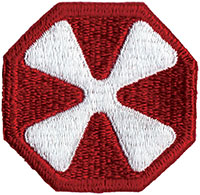
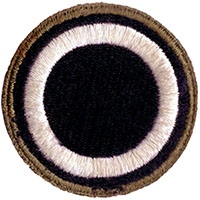
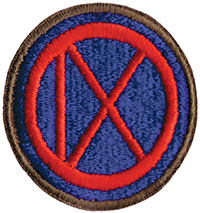
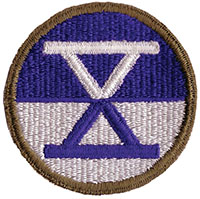



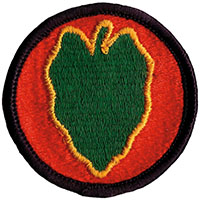
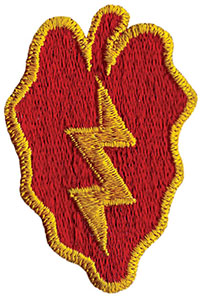

As the third phase of the Korean War—the CCF (Communist Chinese Force) Intervention—drew to a close on 24 January 1951, the United Nations Command (UNC) had come to the end of a series of tactical withdrawals. Starting in mid-December 1950, Lt. Gen. Matthew B. Ridgway’s Eighth Army had fallen back from the 38th Parallel, first to the South Korean capital of Seoul, then to a line below Osan and Wonju. Meanwhile, Maj. Gen. Edward M. Almond's X Corps had evacuated by sea on the east coast to Pusan, where it became part of the Eighth Army. All the territorial gains in North Korea of the earlier phases of the war had been lost. But General Ridgway was convinced the enemy lacked the logistical system to maintain offensive operations for any extended period, and he was preparing to begin a counteroffensive. This fourth phase of the war would largely shape the outcome of the conflict.
After two task forces had encountered little or no Chinese opposition in probes to the north, on 25 January General Ridgway launched Operation THUNDERBOLT, a larger but still cautious reconnaissance in force supported by air power. Resistance stiffened at the end of the month, but it gave way in the west by 9 February. The next day UN forces secured Inch'on and Kimpo airfield, and the U.S. I Corps neared the Han River. Meanwhile, on the central front, as the operation expanded, the X Corps met increasing opposition, and the Chinese struck back on the night of 11–12 February, driving back Republic of Korea (ROK) forces north of Hoengsong. But when four Chinese regiments attacked the crossroads town of Chip'yong-ni on the 13th, the U.S. 23d Infantry and the French Battalion conducted a successful defense for three days until the enemy withdrew. Ridgway regarded this valiant effort as symbolic of the renewed fighting spirit of his command.
In the west the U.S. I and IX Corps gradually seized the area up to the Han River, except for one enemy foothold between Seoul and Yangp'yong. By the 18th combat patrols confirmed that Chinese and North Korean troops along the entire central front were withdrawing. General Ridgway then began a general advance (Operation KILLER) by the IX and X Corps to pursue the enemy. By the end of the month the Chinese foothold below the Han River had collapsed. With the approval of General Douglas MacArthur, the UNC commander, Ridgway continued his attack north by launching Operation RIPPER on 7 March. The objective was a line designated Idaho just south of the 38th Parallel. On the night of 14–15 March, UN patrols moved into a deserted Seoul. By the end of the month Ridgway's troops had reached the Idaho line.
The question now was whether to cross the 38th Parallel again. On 20 March the Joint Chiefs of Staff had notified General MacArthur that President Harry S. Truman was preparing to announce a willingness to negotiate an end to the conflict with the North Koreans and the Chinese, an announcement that would be issued before any advance above the 38th Parallel. MacArthur preempted that announcement by issuing his own offer to end hostilities, but one that included a threat to cross the parallel. President Truman never released his statement, concluding, however unhappily, that perhaps MacArthur's ultimatum would pressure the enemy to the negotiating table. He also left the decision on crossing the 38th Parallel to tactical considerations. Consequently, when Ridgway received intelligence about enemy preparations for an expected spring offensive, he began a new attack, with MacArthur's approval, in early April. The objective was a line designated Kansas about ten miles above the 38th Parallel. By the 9th the U.S. I and IX Corps, and the ROK I Corps on the east coast, had reached that line, and the U.S. X Corps and the ROK III Corps were nearing it. The I and IX Corps then continued their attack beyond Kansas. At the same time, on 11 April, President Truman relieved MacArthur after the UNC commander said he would welcome the use of Nationalist Chinese forces since there could be “no substitute for victory” in Korea. Ridgway replaced MacArthur, and on 14 April Lt. Gen. James A. Van Fleet assumed command of the Eighth Army.
Eight days later four Chinese army groups and two North Korean corps began the enemy's spring offensive, attacking most heavily in the west, with a major focus on recapturing Seoul. Withdrawing in stages to previously prepared defenses several miles north of Seoul, General Van Fleet finally stopped the advance. On 15 May the enemy attacked again. Van Fleet had expected another advance on Seoul, but the brunt of the assault was in the east-central area. By repositioning units and using unrelenting artillery fire, he stopped the attack on 20 May after the enemy had penetrated thirty miles. To prevent the Chinese and North Koreans from regrouping, Van Fleet immediately sent the Eighth Army forward. Meeting light resistance, the Eighth Army was just short of the Kansas line by 31 May. The next day Van Fleet sent part of his force farther north, to a line designated Wyoming in the west-central area known as the Iron Triangle. By mid- June the Eighth Army was in control of both the Kansas line and the Wyoming bulge.
Given this strong defensive position, Van Fleet was ordered to hold and fortify it while Washington waited for the Chinese and North Koreans to offer to negotiate an armistice. The enemy in turn used this lull to regroup and to build defenses opposite the Eighth Army. The days settled down to patrols and small clashes. On 23 June, Jacob Malik, the Soviet Union's delegate to the United Nations, called for talks on a cease-fire and armistice. When the People's Republic of China endorsed Malik's statement, President Truman authorized General Ridgway to arrange the talks. After a series of radio messages, the first armistice conference was scheduled for 10 July in the town of Kaesong. The time of large-scale fighting was over.
